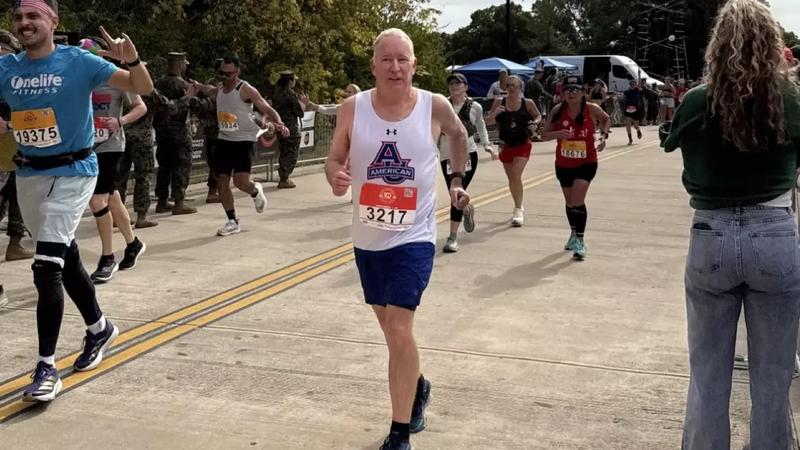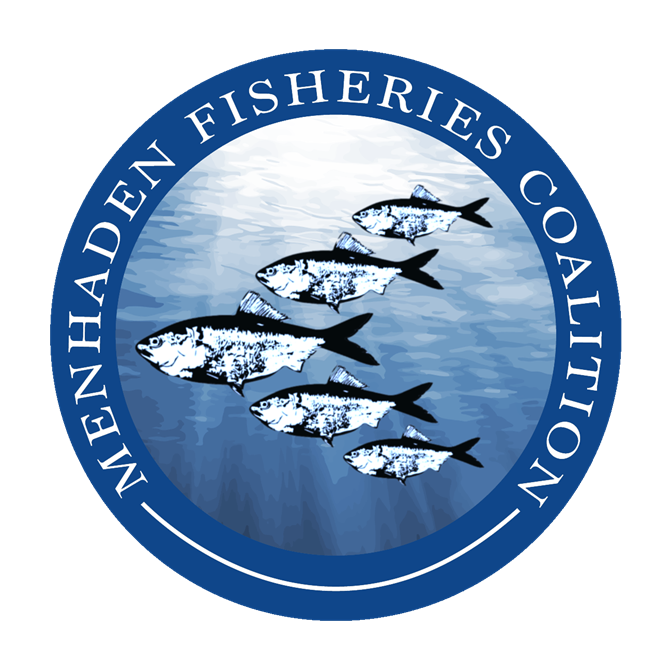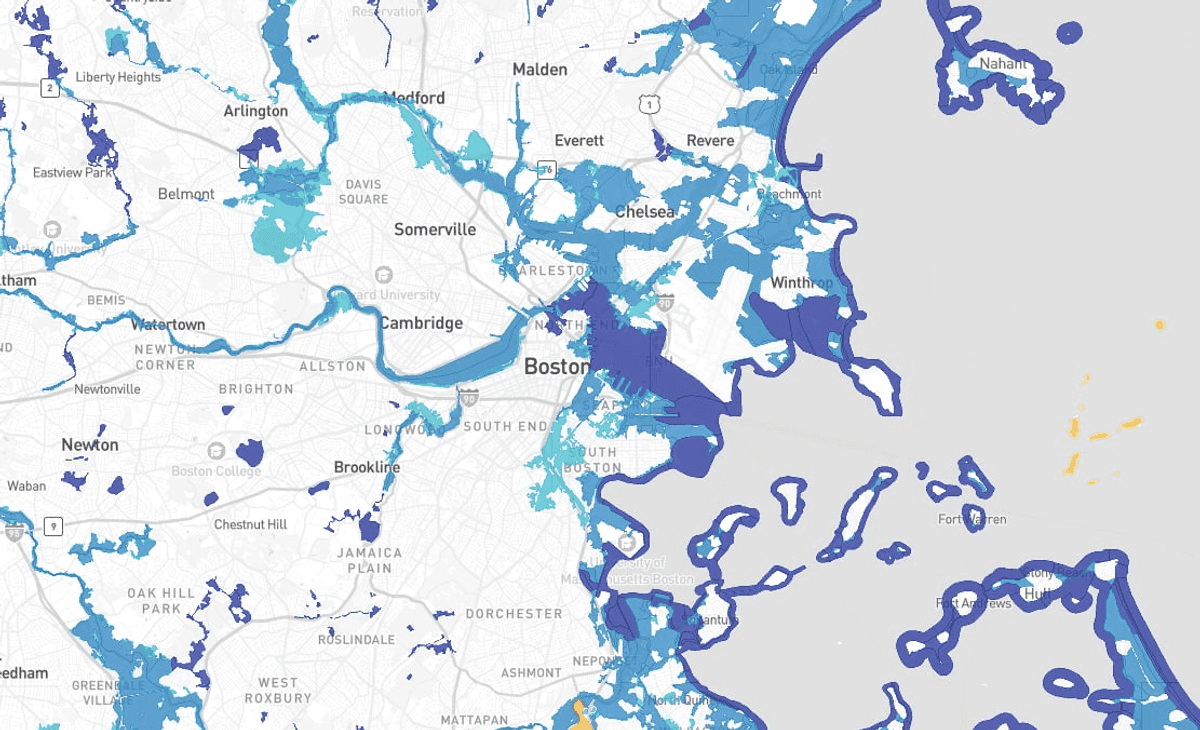Will Bailey: Why East Hawai‘i’s Fishery Has Fallen On Hard Times – Honolulu Civil Beat

Report on the Decline of East Hawaiʻi’s Local Fishery and its Alignment with Sustainable Development Goals
This report analyzes the systemic decline of the local fishing industry in East Hawaiʻi, focusing on the communities of Hilo and Puna. The deterioration of this vital sector is examined through the framework of the United Nations Sustainable Development Goals (SDGs), highlighting failures in infrastructure, environmental management, economic equity, and food security.
Infrastructure Decay and its Impact on Sustainable Communities (SDG 9, SDG 11)
The degradation of essential marine infrastructure is a primary driver of the fishery’s decline, directly undermining SDG 9 (Industry, Innovation and Infrastructure) and SDG 11 (Sustainable Cities and Communities).
Key Infrastructure Failures:
- Wailoa Boat Ramp: As the sole functional launch point across more than 100 miles of coastline, its viability has been compromised by years of neglected dredging. This has created hazardous conditions, damaged vessels, and deterred fishing activities.
- Pohoiki Boat Ramp: Formerly the main ramp for the region, it was lost in the 2018 volcanic eruption. While dredging efforts have commenced, the lack of a long-term maintenance plan threatens its future sustainability, representing a failure to build back resilient infrastructure.
Consequences of Neglect:
- Increased operational costs and time for fishers, who are forced to travel extensive distances to alternative launch sites.
- A significant reduction in fishing activity, leading many local fishers to abandon their livelihoods.
- Erosion of community resilience, as access to a traditional source of sustenance and economic activity is severed.
Socio-Economic Decline and Threats to Food Security (SDG 2, SDG 8, SDG 10)
The infrastructural collapse has triggered severe socio-economic consequences, impacting local employment, food systems, and regional equity, in direct opposition to several SDGs.
Impact on Decent Work and Economic Growth (SDG 8)
The decline of the fishery represents a loss of decent work and a contraction of the local economy. Businesses like Suisan Fish Market, once a bustling economic heart, now face thinned supply chains and increasingly rely on imported products. This contrasts sharply with West Hawaiʻi’s Honokōhau Harbor, where investment supports a charter fleet generating nearly 400 jobs and over $17 million annually, highlighting a significant regional disparity in economic support (violating SDG 10: Reduced Inequalities).
Challenges to Zero Hunger and Food Security (SDG 2)
The diminishing local catch has direct implications for food security.
- Local markets, such as Suisan, report that locally sourced poke is often depleted before noon.
- Communities that once relied on local fishers for fresh, affordable protein are now increasingly dependent on mainland imports.
- This situation is exacerbated by an export-focused agricultural model, exemplified by Parker Ranch, where the majority of locally raised beef is shipped off-island, failing to bolster local food systems.
Environmental Degradation and Life Below Water (SDG 6, SDG 14)
The fishery’s decline is compounded by severe environmental pollution, which threatens marine ecosystems and public health, contravening SDG 6 (Clean Water and Sanitation) and SDG 14 (Life Below Water).
Sources of Pollution:
- Wastewater Management: Hilo’s deteriorating wastewater treatment plant regularly spills raw sewage into Wailoa Harbor and Hilo Bay.
- Cesspool Contamination: Thousands of cesspools leak pathogens into groundwater, which ultimately flows into the bay.
- Agricultural Runoff: Runoff from large-scale ranching operations further pollutes coastal waters.
Failure in Marine Stewardship (SDG 14)
A critical disparity exists in marine resource management. While West Hawaiʻi benefits from managed fishery areas and community-led reserves that have resulted in significant fish biomass recovery, East Hawaiʻi lacks a single marine reserve or even baseline data on fish populations. This neglect prevents the sustainable use of marine resources and hinders the conservation of life below water.
Recommendations for Sustainable Revitalization
To reverse these trends and align with the Sustainable Development Goals, a multi-faceted approach is required:
- Invest in Resilient Infrastructure (SDG 9): Allocate consistent funding for the regular dredging and maintenance of all boat ramps, ensuring they are safe and reliable for community use.
- Promote Community-Based Marine Management (SDG 14): Establish marine reserves in East Hawaiʻi with community input and kuleana-based principles to restore fish stocks and ecosystem health.
- Upgrade Water and Sanitation Systems (SDG 6): Modernize Hilo’s wastewater plant and implement a comprehensive plan to address cesspool pollution to protect both public health and marine environments.
- Strengthen Local Food Systems (SDG 2): Create policies and provide support that prioritizes small-scale fishers and ensures locally produced food remains within the community to enhance food security.
- Ensure Equitable Regional Investment (SDG 10): Address the historical imbalance in funding and resources between West and East Hawaiʻi to foster inclusive and sustainable development for all communities.
Analysis of Sustainable Development Goals (SDGs) in the Article
1. Which SDGs are addressed or connected to the issues highlighted in the article?
-
SDG 2: Zero Hunger
- The article highlights the decline of local fisheries, which directly impacts food security for the community. It describes how families who once relied on local fish now have to depend on “mainland fillets on Styrofoam trays,” indicating a loss of access to fresh, local, and nutritious food. The discussion about choosing “food security over export profits” further connects the issue to this goal.
-
SDG 6: Clean Water and Sanitation
- The article explicitly points to severe water pollution issues in Hilo. It mentions a “crumbling” wastewater plant causing “raw sewage regularly spilling into Wailoa Harbor and the bay,” and “thousands of cesspools leak pathogens into the groundwater.” This directly relates to the goal of ensuring clean water and sanitation.
-
SDG 8: Decent Work and Economic Growth
- The decline of the fishing industry in East Hawaiʻi represents a loss of livelihood and economic opportunity. The article notes that fishers “retired, quit or lost access,” and contrasts the struggling local economy in Hilo with the thriving charter fishing industry in Kona, which “supports nearly 400 jobs and brings in over $17 million annually.” This highlights issues of inclusive economic growth and decent work.
-
SDG 9: Industry, Innovation and Infrastructure
- A central theme is the failure of infrastructure. The article details how the neglect and closure of boat ramps, such as Wailoa and Pohoiki, have crippled the fishing industry. It states, “You can’t talk about that change without talking about the ramps,” emphasizing the critical role of resilient and reliable infrastructure for the local economy and community well-being.
-
SDG 11: Sustainable Cities and Communities
- The article frames the fishery as more than just an economic activity; it is a vital part of the local culture and community identity. It describes fishing as “culture. Resilience. Generations of knowledge passed through rod and line, tide and time.” The decline of the fishery, therefore, represents a threat to the cultural heritage of the community in Hilo and Puna.
-
SDG 14: Life Below Water
- This goal is central to the article. It discusses the degradation of marine ecosystems due to pollution from sewage and runoff. It also addresses the need for sustainable fisheries management, contrasting the lack of marine reserves and baseline fish counts in East Hawaiʻi with the successful management and fish stock replenishment in West Hawaiʻi. The struggle of small-scale fishers is also a key component of this SDG.
2. What specific targets under those SDGs can be identified based on the article’s content?
-
SDG 2: Zero Hunger
- Target 2.1: By 2030, end hunger and ensure access by all people, in particular the poor and people in vulnerable situations, including infants, to safe, nutritious and sufficient food all year round. The article’s focus on the loss of local fresh fish and reliance on imported food speaks directly to this target.
- Target 2.4: By 2030, ensure sustainable food production systems and implement resilient agricultural practices. The decline of the local fishery due to systemic failures represents a failure to maintain a sustainable food production system.
-
SDG 6: Clean Water and Sanitation
- Target 6.3: By 2030, improve water quality by reducing pollution, eliminating dumping and minimizing release of hazardous chemicals and materials, halving the proportion of untreated wastewater. The article’s description of “raw sewage regularly spilling” and leaking cesspools directly addresses the need to meet this target.
-
SDG 8: Decent Work and Economic Growth
- Target 8.5: By 2030, achieve full and productive employment and decent work for all women and men. The loss of jobs for fishers in East Hawaiʻi (“retired, quit or lost access”) is a clear connection.
- Target 8.9: By 2030, devise and implement policies to promote sustainable tourism that creates jobs and promotes local culture and products. The article contrasts the successful tourism-based fishery in Kona with the neglected small-scale fishery in Hilo, implying a need for policies that support local, culturally significant industries.
-
SDG 9: Industry, Innovation and Infrastructure
- Target 9.1: Develop quality, reliable, sustainable and resilient infrastructure…to support economic development and human well-being, with a focus on affordable and equitable access for all. The core issue of neglected and non-functional boat ramps (“Wailoa is the only viable boat launch from Hāmākua to Kaʻū,” “Pohoiki…was buried”) is a direct reflection of this target.
-
SDG 11: Sustainable Cities and Communities
- Target 11.4: Strengthen efforts to protect and safeguard the world’s cultural and natural heritage. The article’s lament for the loss of fishing as “culture” and “generations of knowledge” aligns with the need to protect this intangible cultural heritage.
-
SDG 14: Life Below Water
- Target 14.1: By 2025, prevent and significantly reduce marine pollution of all kinds, in particular from land-based activities. The sewage spills and runoff from agriculture are examples of the pollution this target aims to reduce.
- Target 14.2: By 2020, sustainably manage and protect marine and coastal ecosystems. The article calls for establishing marine reserves in East Hawaiʻi, similar to the successful ones in West Hawaiʻi.
- Target 14.4: By 2020, effectively regulate harvesting and end overfishing…in order to restore fish stocks. The mention of disappearing fish “without so much as a baseline count” points to a lack of regulated harvesting and stock assessment.
- Target 14.b: Provide access for small-scale artisanal fishers to marine resources and markets. The entire article is a narrative about the systemic barriers preventing small-scale fishers from accessing resources and markets, from closed ramps to high fuel costs.
3. Are there any indicators mentioned or implied in the article that can be used to measure progress towards the identified targets?
- Number of functional and maintained boat ramps: The article explicitly states there is “only one viable boat launch from Hāmākua to Kaʻū” and that dredging for Pohoiki has “no plan for upkeep.” An increase in the number of operational and regularly maintained ramps would be a direct indicator of progress for Target 9.1.
- Fish biomass and population levels: The article provides quantitative examples from West Hawaiʻi, where a reserve “boosted fish biomass by over 600%” and yellow tang populations “bounced back 14%.” These metrics serve as clear indicators for measuring the success of marine management under Target 14.4.
- Economic contribution of the local fishing sector: The article quantifies the economic impact of Kona’s charter fleet (“nearly 400 jobs and brings in over $17 million annually”). A similar metric could be used to track the revival of East Hawaiʻi’s fishery, indicating progress toward Target 8.5.
- Proportion of locally sourced vs. imported food: The article notes that “Much of the fish comes from the mainland now” and that “Only 7% of Hawai‘i’s beef stays here.” The percentage of fish sold at Suisan or consumed locally that is sourced from East Hawaiʻi waters would be a key indicator for Target 2.1.
- Water quality data and pollution incidents: The mention of “raw sewage regularly spilling” implies that the frequency and volume of such spills could be tracked as an indicator for Target 6.3. Measuring pathogen levels in the bay would also be relevant.
- Number of active small-scale fishers/boats: The article describes how fishers have “retired, quit or lost access.” Tracking the number of active commercial and non-commercial fishers in East Hawaiʻi would be an indicator of the health of the fishery and access for small-scale fishers (Target 14.b).
4. Table of SDGs, Targets, and Indicators
| SDGs | Targets | Indicators Identified in Article |
|---|---|---|
| SDG 2: Zero Hunger | 2.1: Ensure access to safe, nutritious, and sufficient food. | Proportion of locally sourced fish versus imported fish (“Much of the fish comes from the mainland now”). |
| SDG 6: Clean Water and Sanitation | 6.3: Improve water quality by reducing pollution and untreated wastewater. | Frequency of pollution events (“raw sewage regularly spilling into Wailoa Harbor”). |
| SDG 8: Decent Work and Economic Growth | 8.5: Achieve full and productive employment and decent work. | Number of jobs and annual revenue generated by the local fishing industry (compared to Kona’s “400 jobs and over $17 million annually”). |
| SDG 9: Industry, Innovation and Infrastructure | 9.1: Develop quality, reliable, sustainable, and resilient infrastructure. | Number of viable and maintained boat ramps (“only one viable boat launch from Hāmākua to Kaʻū”). |
| SDG 11: Sustainable Cities and Communities | 11.4: Protect and safeguard the world’s cultural and natural heritage. | Continuation of fishing as a cultural practice (“Generations of knowledge passed through rod and line”). |
| SDG 14: Life Below Water | 14.4: Regulate harvesting and restore fish stocks. 14.b: Provide access for small-scale artisanal fishers. |
Percentage increase in fish biomass; establishment of baseline counts (“boosted fish biomass by over 600%”); number of active small-scale fishers. |
Source: civilbeat.org

What is Your Reaction?
 Like
0
Like
0
 Dislike
0
Dislike
0
 Love
0
Love
0
 Funny
0
Funny
0
 Angry
0
Angry
0
 Sad
0
Sad
0
 Wow
0
Wow
0
























;Resize=805#)














































;Resize=620#)








